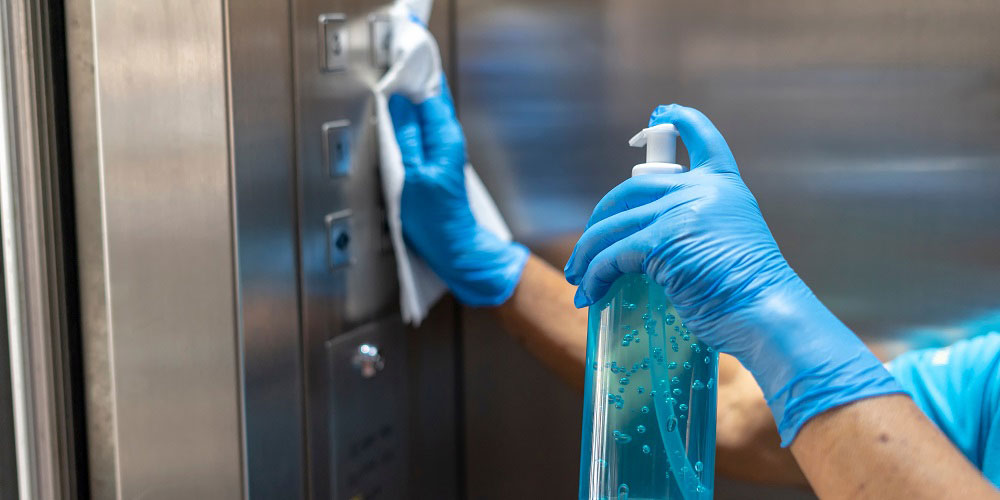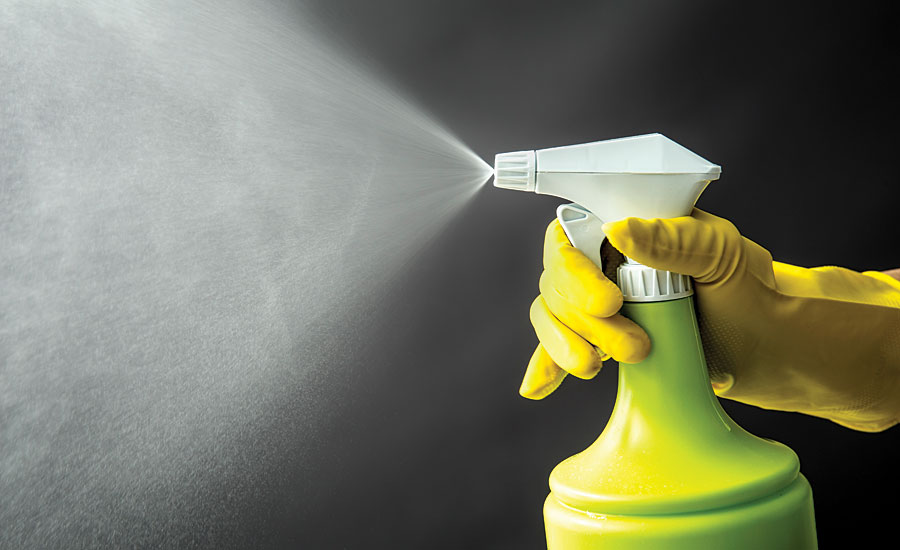Getting The What's the difference between cleaning, sanitizing and To Work


The Single Strategy To Use For Disinfecting Services MicroPro Shield - Chem-Dry
2. 1. Chlorine Gas, Chlorine is a greenish-yellow gas. By offering high pressure, the gas becomes liquid. It is harmful. Chlorine gas is mostly utilized as a water disinfectant. Introducing chlorine to water plays an extremely reliable function for getting rid of almost all pathogenic microorganisms. It can be utilized both as a primary and a secondary disinfectant.

It is lethal at concentrations as low as 0. 1% air by volume [1] 2.1. 1. Advantages, Chlorination is a more affordable source than UV or ozone disinfection techniques used to treat water. It is extremely efficient versus a large range of pathogenic microorganisms. Dosing rates are controlled quickly as they are flexible.
They can be even more used to evaluate the effectiveness [2] 2.1. 2. Limitations, Although chlorine gas is used in large-scale water distribution treatment plants and networks as a finest approach for dealing with water, still it have various restrictions. These restrictions might impact the applicability to a point of usage (POU) treatment system.
Environmental cleaning and disinfection principles for COVID-19 - Truths
Concerning esthetic level, chlorination might be rejected as it imparts bad tastes and smells to the water. The industrialized countries may teach their individuals about the good impacts of chlorination; however, less-developed nations lack this ability. Limitations in using chlorine gas in a family context may include the distribution, procurement/manufacturing, dosing of chlorine, and accurate handling.

An excellent issue might be the by-products and incompletely oxidized compounds present in chlorinated water that increases its toxicity. More In-Depth -known byproducts of chlorination are chloro-organics and trihalomethane (THMs). Humic and fulvic acids exist in the water. When chlorine responds with these acids, trihalomethane are formed. It has actually been identified in many research studies that a few of these chloro-organics are mutagens, contaminants, or carcinogens.
Some standards have actually been set by USEPA (United States Epa) that THMs must not be greater than 0. 10 mg/l. The high concentrations of THMs will cause health complications [1] 2.1. 3. Process, Chlorine readily integrates with all the water elements, i. e., chemicals, small animals, bacteria, plant product, odors, colors, and tastes.
The Buzz on Focus on Surface Disinfection When Fighting COVID-19
Recurring (free) chlorine is called as the one that does not combine with other water components. The point at which complimentary chlorine is readily available for constant disinfection is called as the breakpoint. The system at which complimentary chlorine is supplied at a concentration of 0. 30. 5 mg/l is a perfect system.
UNDER MAINTENANCE
